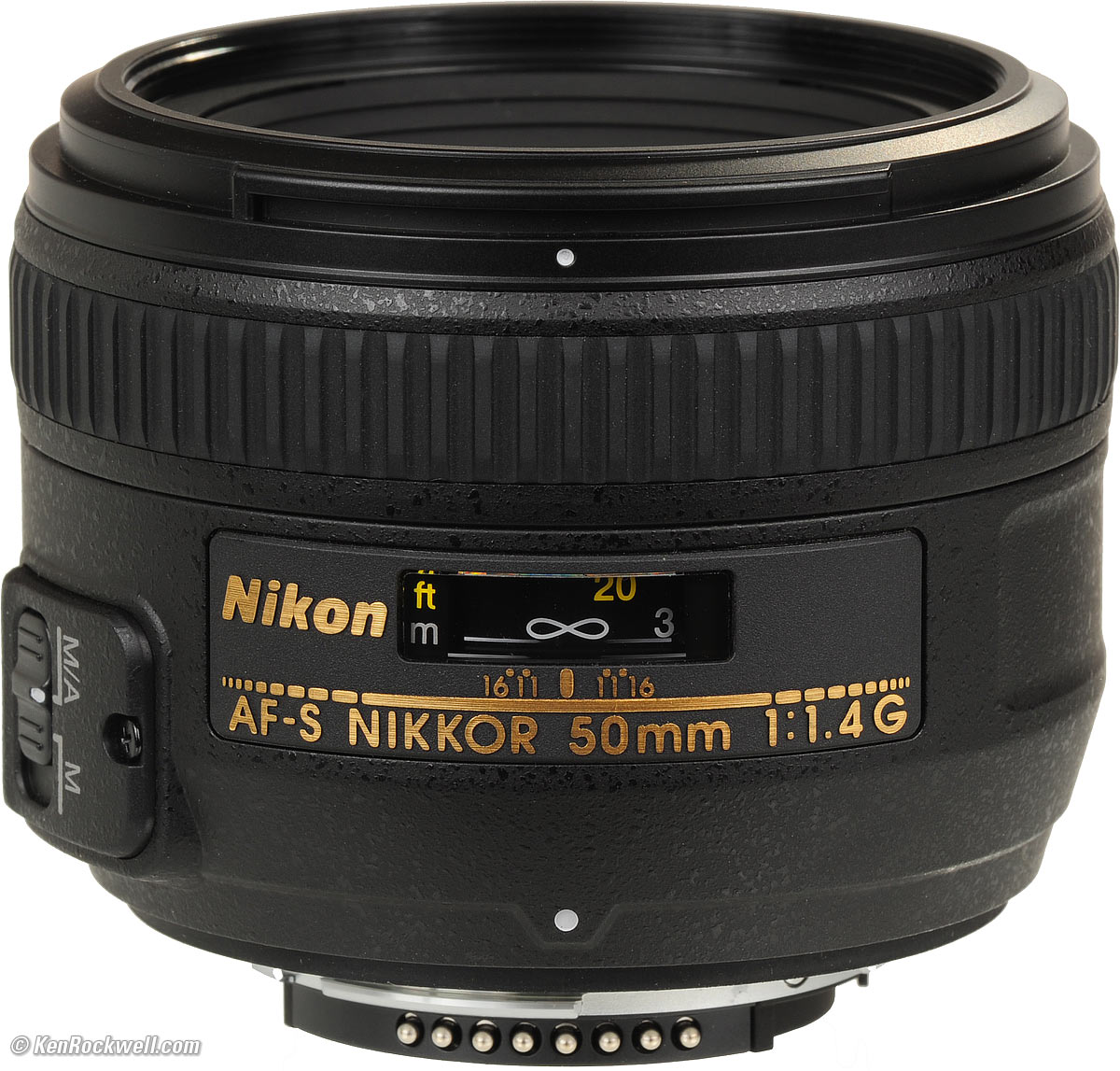

I chose a day with good visibility but the overcast sky means that the contrast of the scene is not as high as usual.
#Bokeh examples nikon 50 mm f1.2 iso#
All shots were made at ISO 64 and image stabilization switched offĭuring the period of testing atmospheric conditions were far from ideal. To compensate for any focus-shift I used autofocus at each aperture. Noise-reduction is set to 0, sharpening to 50/0.5/36/10, with no extra tone, color, or saturation adjustment. Processing was done in Lightroom 10.1/CRAW 13.1 from RAW to Adobe Color profile with the built-in lens profile compensating CA, distortions, and vignetting.
#Bokeh examples nikon 50 mm f1.2 series#
Therefore I present another series of test-shots of a city around 1 km away. But performance of lenses also depends on the shooting distance. The Siemens-star test-targets are shot at a distance of 45x focal length (i.e. The test also revealed a little field curvature. Overall Nikon’s new Z 50mm f1.2 S lens is a clear improvement over their DSLR designs and matches the very good performance of the Z 50mm f1.8 S. Nikon Z 50mm f1.2 S compared 100% crop from center, DX-corner, FX-cornerĪbove: Nikon Z 50mm f1.2 S at f5.6 also available at f8.0, f11 The following 100% crops show the Nikon Z 50mm f1.2 S from f1.2 down to f11 compared to the Nikon Z 58mm f0.95 S Noct, Nikon 58mm f1.4G (on FTZ adapter), and Nikon Z 50mm f1.8 S. So you will not see light fall-off in the corners. White-balance was adjusted to a neutral white and I did some exposure compensation to make the brightness of all crops match. Processing was done in Lightroom 10.1/CRAW 13.1 from RAW to Adobe Color profile Adobe Color profile with the built-in lens profile compensating CA, distortions, and vignetting. Let’s see how this theoretical performance of Nikon’s new Z-Nikkor translates into real life results in the sharpness test based on Siemens-stars. And one thing is clear: the new Z-Nikkors all outperform the older F-Nikkor 58mm f1.4G – even wide(r) open. But there is a slight dip in sharpness at 10mm image height and some astigmatism or field-curvature at and beyond the DX-corner. I’ll show you the real-life performance at 4 mm (center), 13 mm (DX-corner), and 20 mm (FX-corner) on a 45MP Nikon Z7 body.įrom the charts the new Nikon Z 50mm f1.2 S shows less drop-off in sharpness and contrast in the FX-corner than the other three lenses. The x-axis displays the distance from the optical axis (=center of the sensor) in mm. Higher values are better (more contrast) and the closer the dotted and solid lines are together the less astigmatism (= resolution depends on the orientation of the test-pattern) the lens has. These MTF charts of the Nikon lenses show the computed lens-performance wide open without influence of diffraction at 10 line-pairs/mm (in red) and 30 lp/mm (in blue). Above: Nikon Z 50mm f1.8 S at f1.8 (left), Nikon AF-S 58mm f1.4G at f1.4 (right)


 0 kommentar(er)
0 kommentar(er)
